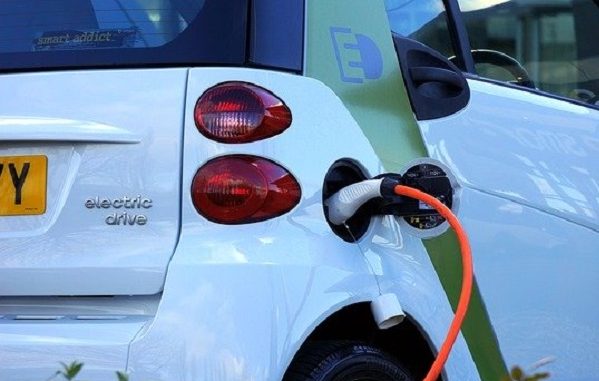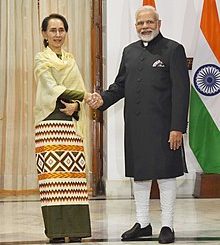
June 30: NITI Aayog and Rocky Mountain Institute (RMI) today released Towards a Clean Energy Economy: Post-Covid-19 Opportunities for India’s Energy and Mobility Sectors report, which advocates for stimulus and recovery efforts that work towards building a clean, resilient, and least-cost energy future for India. These efforts include electric vehicle, energy storage, and renewable energy programs.
Thereport identifies how Covid-19 is beginning to influence the clean energy transition in India, specifically for the transport and power sectors, and recommends principles and strategic opportunities for the country’s leaders to drive economic recovery and maintain momentum towards a clean energy economy.
Covid-19 has presented significant demand- and supply-side challenges for India’s transport and power sectors, from liquidity constraints and supply shortages to shifts in consumer demand and preferences.
Rajiv Kumar, Vice Chairman, NITI Aayog said he is confident that India’s economy will recover following the containment of the Covid-19 pandemic. “India’s strong democratic institutions promote policy stability. Ongoing economic reforms, if executed well, should keep the country’s growth rate ahead of peers,” he said.
“Clean energy will be a major driver of India’s economic recovery and international competitiveness,” added Amitabh Kant, CEO, NITI Aayog. “We must look at how to leverage our domestic innovation ecosystem to bring value to the country and industry in this new normal. We have recommended specific actions by which India can revive two of our economic powerhouses—the transport and power sectors—and emerge stronger.”
The report lays out four principles as a framework for policymakers and other key decision-makers considering programmes to support India’s clean energy future: 1) invest in least-cost-energy solutions, 2) support resilient and secure energy systems, 3) prioritize efficiency and competitiveness, and 4) promote social and environmental equity.
“India needs to identify strategic opportunities for economic recovery in the short, medium, and long terms that can translate challenges posed by the pandemic into clean energy transition opportunities” said Anil Srivastava, Principal Consultant and Mission Director, NITI Aayog.
Opportunities in the transport sector include making public transport safe, enhancing and expanding non-motorized transport infrastructure, reducing vehicle kilometres travelled through work-from-home where possible, supporting national strategies to adopt electric vehicles in the freight and passenger segments, and making India an automotive export hub.
In the power sector, opportunities include improving the electricity distribution business and its operations, enabling renewables and distributed energy resources, and promoting energy resilience and local manufacturing of renewable energy and energy storage technologies.
“The principles and opportunities in the report can provide guidance to India’s public and private sector leaders on how to evaluate and prioritize stimulus and recovery options that continue to invest in a long-term clean energy future for India,” said Akshima Ghate, Director, RMI India.
“Covid-19 has disrupted the world and affected everyone’s lives,” said Clay Stranger, senior director, Rocky Mountain Institute. “As India looks to recovery efforts, clean energy and mobility systems can make a more resilient India by bolstering manufacturing, enhancing the reliability of electricity, avoiding costly oil imports, and cleaning the air.”
The report states that India’s transport sector can save 1.7 gigatonnes of cumulative carbon dioxide emissions and avoid about 600 million tonnes of oil equivalent in fuel demand by 2030 through shared, electric, and connected passenger mobility and cost-effective, clean, and optimized freight transport. Significant savings are also achievable in the power sector through the adoption of renewable energy, energy storage, efficiency, and flexible generation and demand.
Source: PIB
Disclaimer: We donot claim that the images used as part of the news published are always owned by us. From time to time, we use images sourced as part of news or any related images or representations. Kindly take a look at our image usage policy on how we select the image that are used as part of the news.


